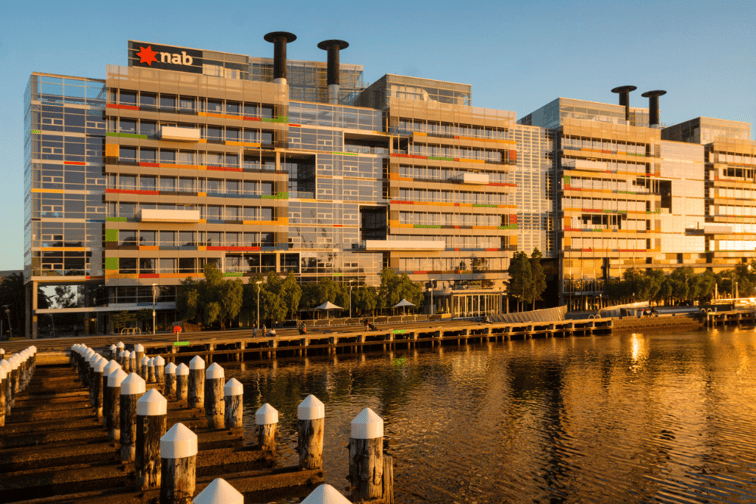

Getting a home loan in Australia can be a long and complex process. And there are no guarantees. In fact, a 2019 survey found that fully 40% of all home loan applications were rejected in December of the previous year. The COVID-19 pandemic and current cost-of-living crisis have only added to the difficulty of getting approved. Here is what you should know about why it is so hard to get a home loan in Australia and how mortgage brokers can help.
One reason it is so hard to get a home loan now is government policy changes impacting the banks. These changes were meant to steady the Australian financial system in the face of the pandemic and the current cost-of-living crisis but have carried with them unintended consequences.
The main concern for mortgage lenders is your level of income, and whether or you not you can make your mortgage repayments. With the global pandemic and rising living costs, lenders have become increasingly tough on professionals who are at a higher risk of losing their income, such as casual and contract employees.
For this reason, lenders are now requiring borrowers to provide more documentation than ever before. Previously, lenders accepted more of what they were told on home loan application forms. Now, borrowers are required to provide statements for their cheque account and any of their debts.
Home loan applications are also taking longer than ever before to get approved, mainly due to lenders asking for more documents and asking more questions generally. It is not unusual for there to be several back-and-forth interactions prior to approval. To avoid this, it’s a good idea to get pre-approved before you start shopping around for homes.
Yes. Banks have tightened lending standards this year. One of the more popular reasons for the tighter standards is added uncertainty in economic outlook. Other reasons include central banks’ reduced tolerance for risk, decreased liquidity in secondary loan markets, and industry-specific issues for borrowers.
Despite these factors, however, many banks are reporting a higher demand for commercial and industrial (C&I) loans to middle- and large-market companies. Loan officers report that the increased demand was due to the need for businesses to finance accounts receivable and inventory, as well as increased demand for cash and liquidity buffers.
There are several common reasons for home loan rejection. One of the most common is not having a high enough deposit. The way this is calculated is through a loan-to-value ratio (LVR), which is the limit on how much of the home’s value you can borrow.
This, in turn, indicates the cost of the deposit. For instance, a minimum 10% deposit would be required on a home loan with a maximum LVR of 90%. In other words, if you were approved for a loan on a home valued at $500,000, you would need a deposit of $50,000 minimum to borrow up to $450,000.
Another common reason for a home loan rejection is not having a high enough income. This is perhaps the best indicator of whether you can afford to take on a mortgage. Mortgage lenders assess the household income to make sure borrowers will actually be able to make the mortgage repayments. Typically, the mortgage stress threshold is around 30%, meaning that your repayments should be less than about 30% of your household income. If your repayments are more than 30% of your income, it is unlikely that a lender will approve your home loan.
Because regulators have impacted pretty much each stage of the application and approval process, the process has been slowed significantly for the banks. Mortgage brokers can help ease the process of getting a home loan by speaking with decision makers to get the ball moving once it’s slowed down.
One way brokers can do this is by asking for the borrowers documents upfront to avoid delays, since brokers know what lenders will be looking for in a loan application. Brokers are also knowledgeable about applications for non-bank lenders that are unaffected by Australian Prudential Regulation Authority (APRA) restrictions.
